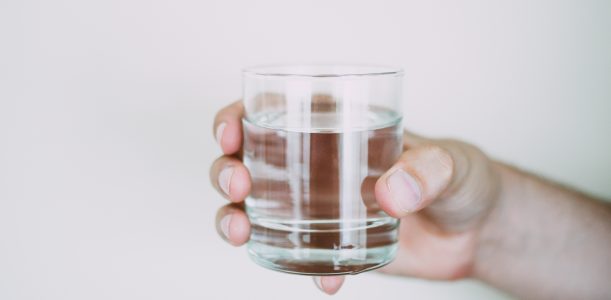Prescription Pollution
August 17, 2022 | Pharmaceutical Waste Disposal
Do you know what pharmaceuticals are in your drinking water?

What Water Sources Are Drugs Found In?
Pharmaceuticals in our drinking water is not a new topic or finding. A study conducted by the U.S. Geological Survey in 1999 and 2000 found measurable amounts of one or more medications in 80% of the water samples drawn from a network of 139 streams in 30 states. 20 years later, pharmaceuticals entering the water system continue to rise as people improperly dispose of or metabolize them.
Today, it seems no source of drinking water is completely drug free. Boiling water does not clean water from pharmaceuticals and buying bottled water doesn’t protect you either, as 64% of bottled water comes from tap water.
How Do Drugs Get In Our Drinking Water?
People take pills that pass through their bodies, and drugs can be removed from the body as sweat or waste. These are either flushed down toilets or go down the drain in the shower. The wastewater is treated before going into bodies of water, but not all drug residues can be removed. Water treatment facilities typically remove anywhere from 95 to 98 percent of pharmaceuticals.
How Does This Impact Health?
Scientists have been trying to assess whether drugs in our drinking water are a threat to our health for over a decade. With pharmaceutical use on the rise, traces of drugs will also be on the rise in our water systems. In the United States, it is estimated that 3 to 7 percent of medications intended for patients goes unused.
What Is Being Done?
The Environmental Protection Agency (EPA) requires water treatment facilities to test for contaminants such as E. coli, but not pharmaceuticals.
Every five years, the EPA must publish a list of contaminants, known as the Contaminant Candidate List or CCL that are known or anticipated to occur in public water systems and are not currently subject to EPA drinking water regulations.
The Clean Water Act (CWA) regulates the discharges of pollutants into US waterways. The CWA was created in 1948 and was called the Federal Water Pollution Control Act, but the “Clean Water Act” became the Act’s common name with amendments in 1972. Under the CWA, the EPA has implemented pollution control programs and developed national water quality criteria recommendations for pollutants in surface waters. The EPA works with its federal, state and tribal regulatory partners to monitor and ensure compliance with clean water laws and regulations in order to protect human health and the environment.
What You Can Do
- Do not throw away drugs in the common trash – These pharmaceuticals can unintentionally pollute our water, as most trash ends up in our waterways.
- Do not put your unused medication down any drain – By putting drugs down the drain, they go in our lakes and rivers, which pollutes our water sources.
- Do not flush your unused medications – Drugs are toxic to our ecosystem and flushing them creates a water quality issue due to wastewater treatment plants not being able to remove all drug traces.
- Do participate in drug take back programs – Take back options are the best way to safely dispose of unused or unwanted medications.
- Use Rx Destroyer for a private at home drug disposal solution – Rx Destroyer provides pharmaceutical waste disposal solutions; our specialized formulas render all types of drugs deactivated.

